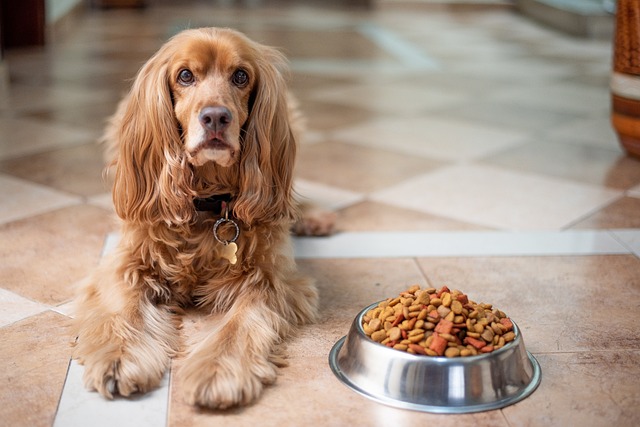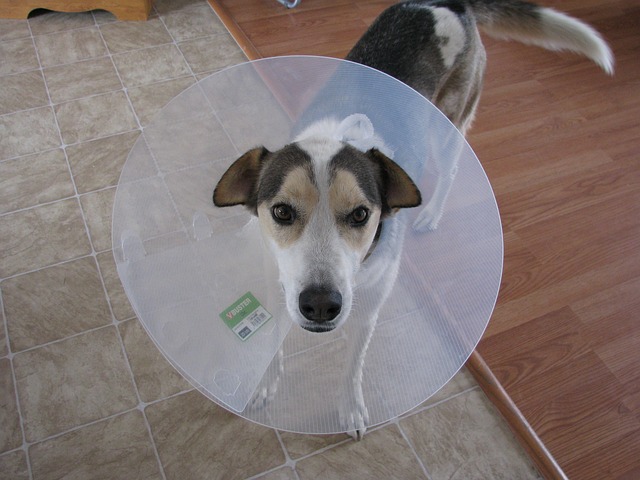As a responsible pet owner, ensuring your dog is healthy and happy is likely at the top of your priority list. If your dog is struggling with weight issues or has a history of pancreatitis or other health concerns, it may be time to switch to low-fat dog food. Low-fat dog food can help manage your dog’s weight, reduce the risk of health problems, and increase its overall quality of life.
However, with so many options on the market, it can be overwhelming to choose the best low-fat dog food for your pup. In this guide, we’ll discuss everything you need to know about low-fat dog food, including its benefits, key ingredients to look for, and top brands recommended by veterinarians. With this knowledge, you can make an informed decision and help your furry friend get back on track to a healthier, happier life.
Why Is Low-Fat Dog Food Important?
Low-fat dog food is a healthy choice for your pup. It can help your dog lose weight and live longer, have more energy, and be healthier overall.
Low-fat dog food has fewer calories than regular dry foods, so it’s good for dogs that need to watch their calorie intake. For example, if you feed your pup a high-calorie diet (such as complete and balanced), it could lead to obesity or diabetes later in life due to the extra calories being stored as fat on their bodies instead of burned off through exercise or other activities like running around after sticks all day long.
By switching over from high-calorie dry diets such as kibble/wet foods towards low-fat versions like canned pate style formulas then this problem becomes less likely because there aren’t enough calories there either way–so long as they’re fed properly throughout their lifetime without being overfed by humans’ attempts at “helping” us out too much.”
Why You Should Trim Down
Trimming down is an important step in maintaining your dog’s health and well-being. Here are some reasons why you should consider trimming down:
- Your dog’s diet is not providing enough nutrients to keep him healthy. If you notice that your pup has gained weight, it may be time to look into whether he needs a more nutritious diet or if things are just going too fast with the current one.
- You have an overweight pet who isn’t eating as much food as it should be. This can lead to health problems like diabetes, heart disease, and high blood pressure—all of which could be prevented by getting them on track with their nutrition levels!
- Your pet has developed an addiction/habit for junk food (especially corn) because there wasn’t any other option available nearby when they were young…or maybe even after moving into their new house.
Choosing the Right Low-Fat Dog Food for Your Pup
Choosing the right low-fat dog food for your pup is important. The first step to choosing a good diet is knowing what you’re looking for in terms of fat content and protein content, as well as other nutrients like vitamins and minerals.
It’s also important not to go too low on one particular nutrient at the expense of others; this can result in an imbalance in your pup’s diet that could lead to health problems down the road.
How to Choose the Best Low-Fat Dog Food
Choosing the best low-fat dog food for your pup can be a challenge. The first step is to check the ingredients in each bag and make sure they contain nothing that would harm your pet. A good rule of thumb is to look at what percentage of protein, fat, and fiber are in each bag before you buy it—the lower those numbers are, the better.
Here are some other things to consider:
- Calorie count per cup—the calorie content should be between 50-100 calories per cup (or more). If you see a number below 100 for any reason (such as an ingredient), this could indicate that there’s less nutrition than expected by its caloric value alone.
- Percentage of protein content—this may seem obvious but many manufacturers cut corners on this important nutrient by adding more carbs or even water instead of protein sources during processing so check carefully! The ideal amount should be around 20 percent though if it’s too high then chances increase significantly for obesity-related diseases like diabetes mellitus type 2.”
What Should You Know Before Switching Your Dog’s Diet?
Before you switch your dog’s diet, it’s important to consider its health and well-being. If your dog has a medical condition or is overweight, consult a veterinarian before making any changes to their diet. Similarly, if your dog is underweight and seems sluggish or unwell, consult a vet before making any changes to their diet.
As always when making any significant change in your pet’s life (especially one that involves food), be sure to check with both the vet and an animal nutritionist before making any changes that could potentially affect their quality of life.
Conclusion
There are many benefits to feeding your dog a low-fat diet. You will help to keep their weight down, which is always good for their health and well-being. They’ll also be less likely to gain weight if they become overweight. This is especially important for older pets who may have difficulty exercising due to arthritis or other health problems that make it difficult for them to move around easily without support from their joints.




